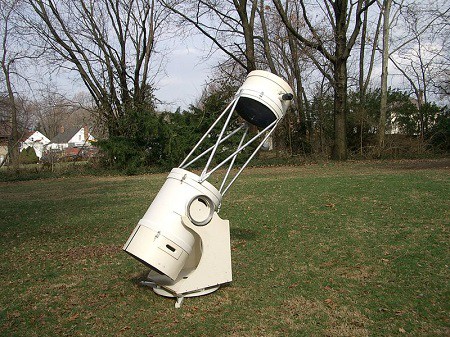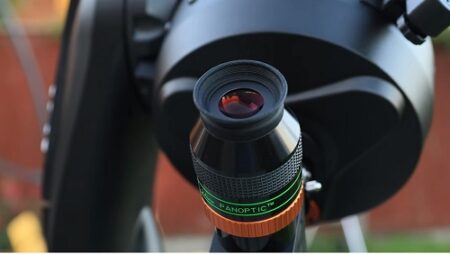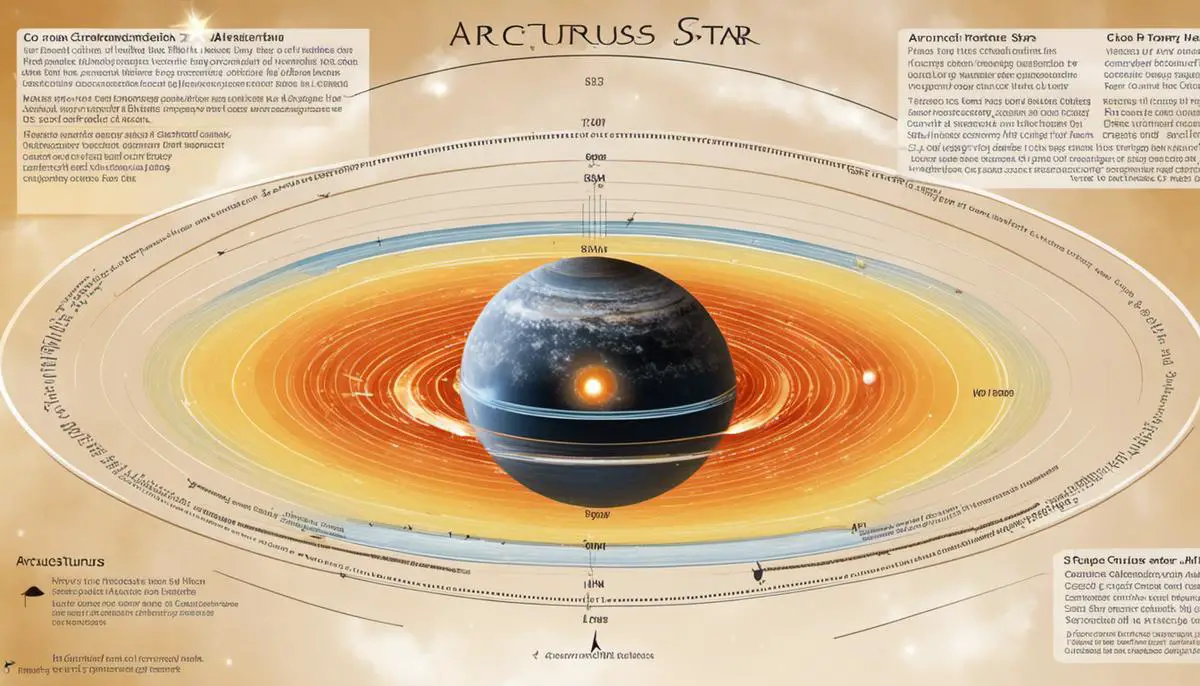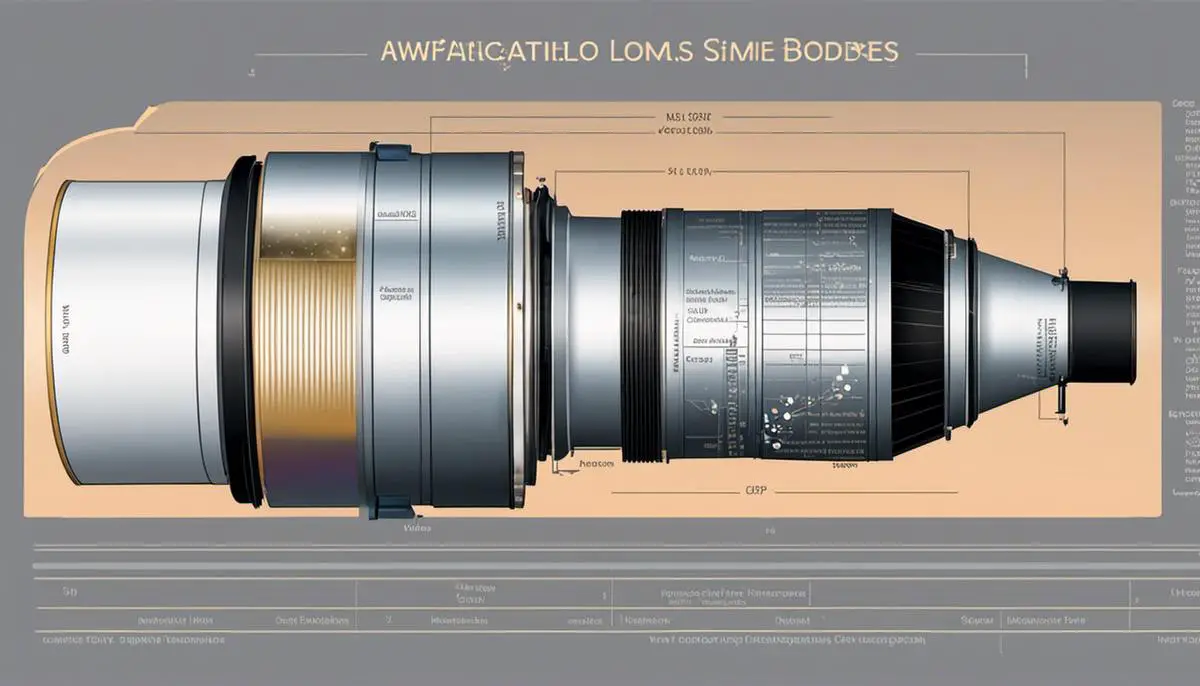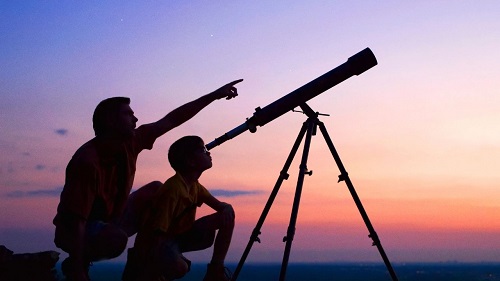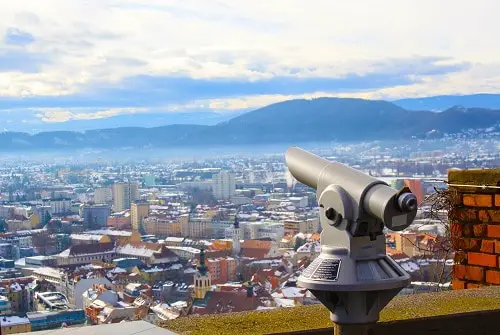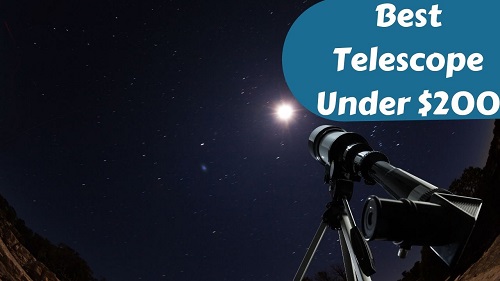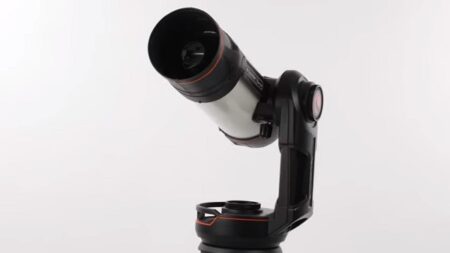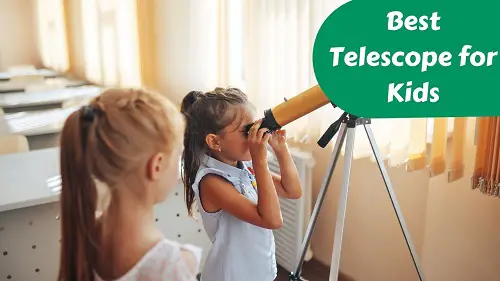A Dobsonian telescope is a Newtonian telescope that is modified by John Dobson in 1965. It is a large-scale telescope yet costs less which makes it popular for beginner astronomers for observing deep-sky objects.
For more light collection it has a large diameter objective that has a small focal length. Also, Dobsonian telescopes are Altazimuth mounted. This lets the user to mover the telescope towards the object. But altazimuth mount is not suitable for astrophotography especially for the object near the Zenith.
In this article, I will explain, why it is hard to do astrophotography with a Dobsonian Telescope.
Can A Dobsonian Telescope Be Used for Astrophotography?
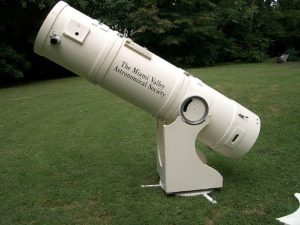
Of course, you can take images with the help of a Dobsonian telescope. But the problem is the image will not be sharp for the deep sky objects that require large exposure. You will get a blurred image of these objects. It is only good for brighter objects like the moon and planets because photographing these objects don’t require a large exposure.
But it is not the telescope itself that creates this problem. It happens due to the rotation of the earth and your camera needs some time to process the light into an image.
Here is how it happens.
Due to the rotation of the earth, there is always a relative movement between the telescope and the objects. Therefore, the light that is coming from the deep-sky objects is continuously changing its position relative to the objective of the telescope.
If the change of position of the deep sky object relative to the telescope is considerably high during the time of photography the photo will be blurred. This is because you have to keep the shutter of the camera for some time for capturing enough light when the object is faint. But during this time the position of the object has already changed and hence the position of the light.
To understand this phenomenon better, think you are taking photos of someone who is moving very fast. You will get a blurred image of him. The same happens when you do astrophotography with a Dobsonian telescope.
As a Dobsonian telescope has an altazimuth mount for alignment, it can’t track and stay aligned to the objective. It only lets the telescope to move up and down.
To offset this problem advanced Dobsonian telescopes use an equatorial platform. This platform has a polar axis. This polar axis is aligned to the axis of the rotation of the earth. This platform rotates slowly in the opposite direction of the rotation of the earth. Therefore, the objective stays aligned with the object.
But the telescope can stay aligned to the object for a small amount of time and that time is not enough for capturing the light from deep-sky objects and process the photo. The platform should be reset again after some time.
I told you earlier that astrophotography of the object near the zenith is hard, sometimes impossible. This is because, in the zenith point, the rotation speed of the earth is the highest and hence the relative displacement of the object and objective.
For all these reasons, a Dobsonian telescope gives a better image for the brighter objects and isn’t a good fit for the astrophotography of the deep sky objects that aren’t bright.
Alternative to The Dobsonian Telescope for Astrophotography
As we can see that the main problem that you face while doing astrophotography with a Dobsonian telescope is, it can’t keep itself aligned with the deep sky object. So, if we can arrange something that can keep the telescope aligned with the object while the camera is taking the photo.
The ultimate solution is using an equatorial mount. It compensates for the effect of earth rotation. It has one rotational axis that is parallel to the rotational axis of the earth. It has gears and motors. With these, it can adjust both the altitude and azimuth. Therefore, the telescope is precisely aligned with the objective and earth rotation can’t impact astrophotography. As there is not relative displacement between the objective and the object, the image will not be blurred.
But adding an equatorial mount with an existing Dobsonian telescope isn’t a cost-effective option and neither safe. To mount a Dobsonian telescope with an equatorial telescope, you have to remove the rings that it has for the altazimuth mount interface.
If the tube isn’t rigid enough, it may lose its original shape. Again, when you want to come back from the equatorial mount to altazimuth mount, you have to reverse the project. Doing such means putting your telescope in risk serious physical damage.
Also, a good German equatorial mount isn’t cheap. In fact, with that much money, you can get another complete telescope with an equatorial mount.
For example, the cost of Celestron CG-4 German Equatorial Mount and Tripod is higher than the Celestron – PowerSeeker 127EQ Telescope that has a 127 mm aperture and comes with an equatorial mount.
Therefore, you shouldn’t risk your Dobsonian telescope by trying to mount it with an equatorial mount when a new telescope with equatorial mount costs you less than it.
What is the difference between a Newtonian and Dobsonian telescope?
I said it earlier, a Dobsonian telescope is a Newtonian telescope. Although both use the same optical principles, there are three differences between Newtonian vs Dobsonian.
First of all, a Dobsonian telescope must have an altazimuth mount. If it doesn’t have altazimuth it isn’t a Dobsonian telescope. On the other hand, a Newtonian telescope doesn’t have an altazimuth mount.
The second difference is in the tube. While the Newtonian telescope uses an aluminum tube, Dobson replaced it with a hard paper tube. As a result, it becomes more durable and lighter to carry.
The final difference is in the mirror. The mirrors of the Dobsonian telescopes are thinner than the Newtonian telescopes. As a result, there is less chromatic aberration.
Who makes the best Dobsonian telescope?
There are many manufacturers of Dobsonian telescopes. Some of the renowned brands are –
- Orion
- Sky-watchers
- Zhumell
- Celestron
Although all of them are good at manufacturing Dobsonians, I always prefer Orion. There are some good reasons behind that. Not only Orion telescopes have a good build quality they also offer a good value for the money. I have reviewed some best Dobsonian telescopes from Orion. You can check them out to find the right one for you.
Verdict
As you have read this far, I hope now you understand why you can’t use a Dobsonian telescope for deep sky astrophotography. But don’t be sad, you can still use your Dobsonian for photographing brighter objects in the sky like planets and moon.
FAQ
Question: Are Dobsonian telescopes good for astrophotography?
Answer: yes you can be used Dobsonian telescopes good for astrophotography
The End
If you have any queries about the Dobsonian telescope, let me know in the comment box.
Hi, Daniel Here! When I’m not busy working at my own startup, you may find me roaming around the Univers and whats beyond our sky, telescope is a must.

